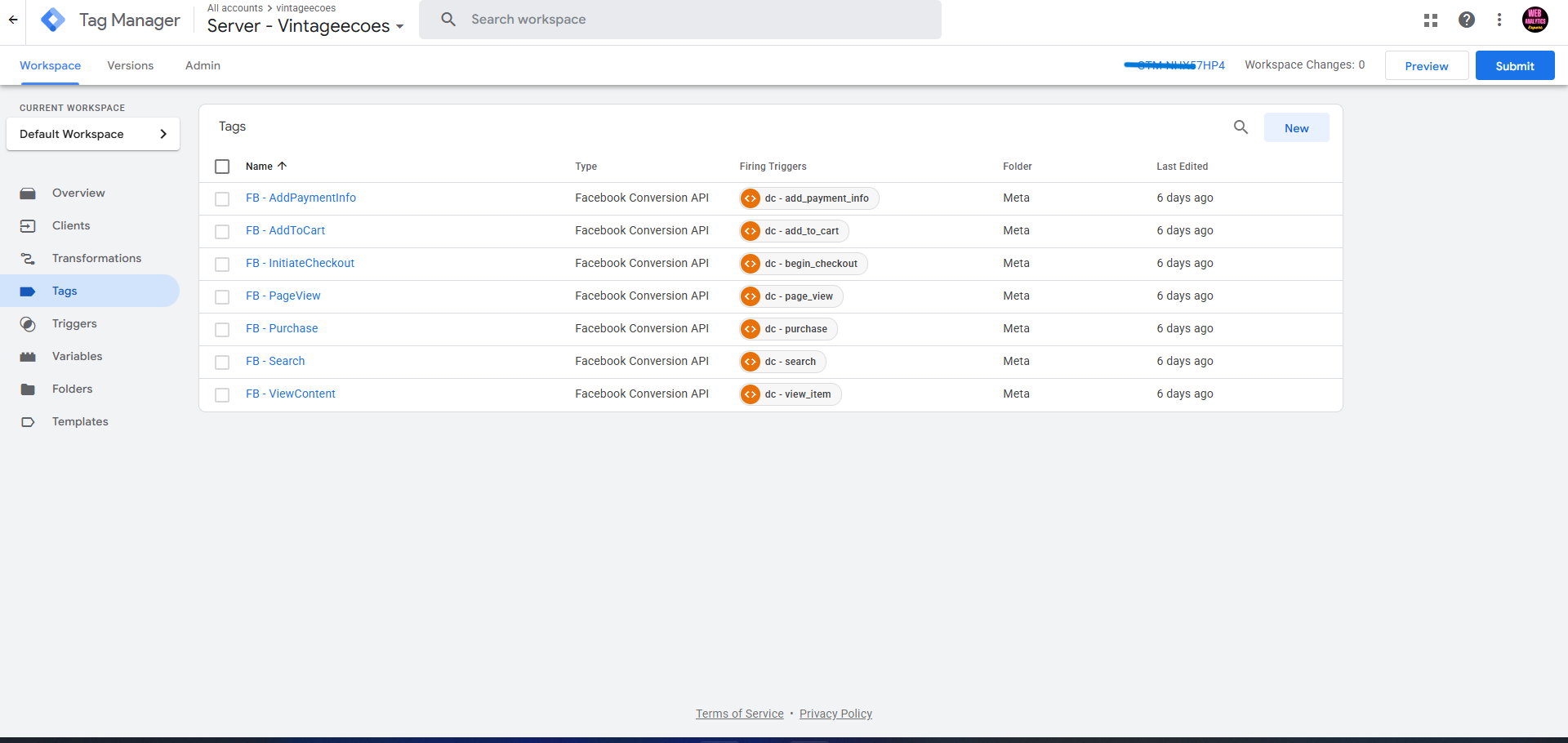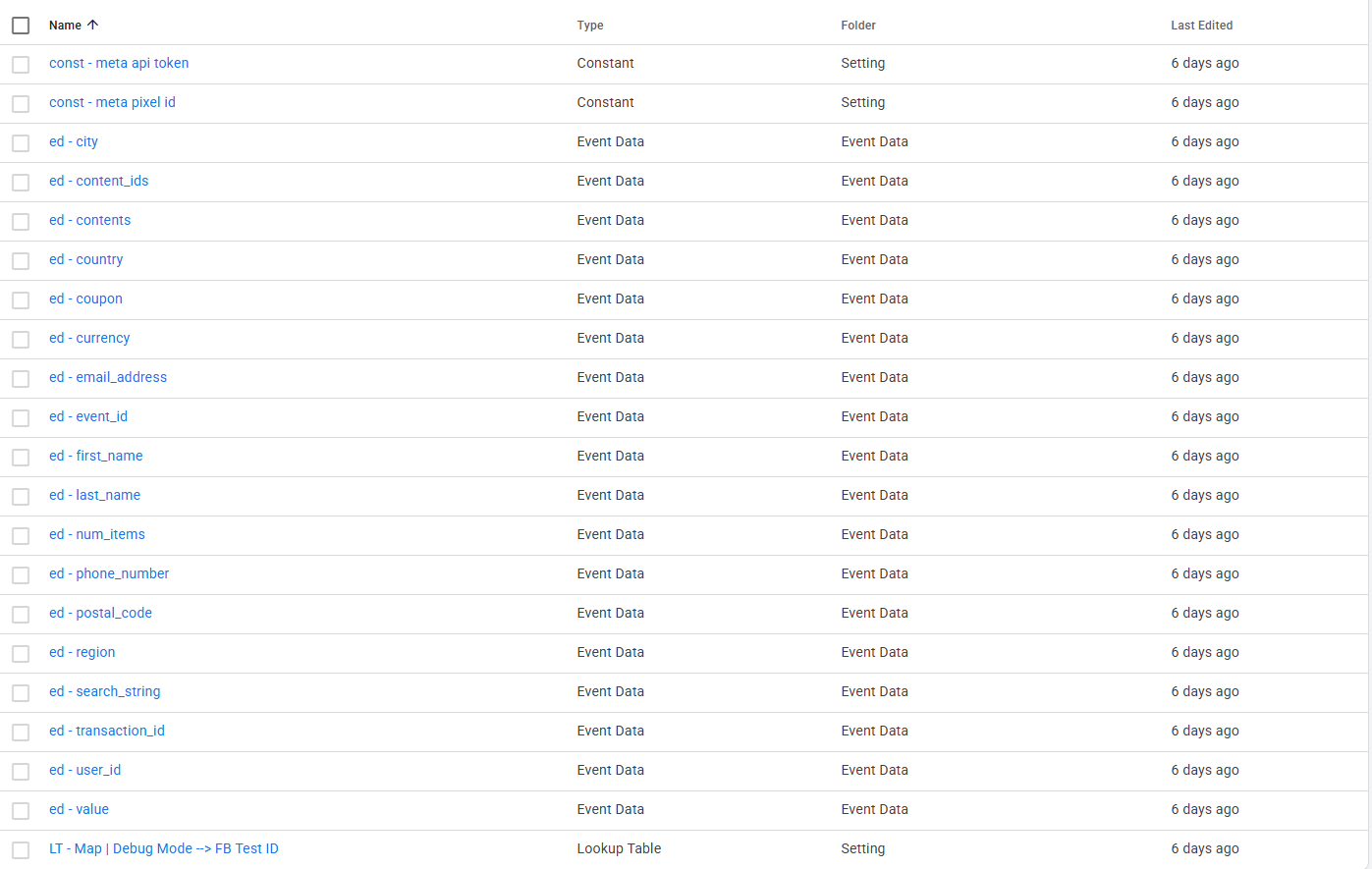Case Study: Enhancing Data Accuracy for vintageecoes with Server-Side Tagging
Client: vintageecoes Industry: E-commerce (High-Quality Apparel) Role: Senior Web Analyst Project Focus: Implementation of Meta Conversion API (CAPI) via Server-Side Google Tag Manager (GTM) (Shopify)
1. Executive Summary
vintageecoes, a premium online clothing brand, faced a common e-commerce challenge: the need for more reliable and accurate marketing data. To overcome the limitations of traditional browser-based tracking (like ad-blockers, Cookies restrictions and iOS privacy updates), a robust server-side tagging solution was implemented. This project involved setting up the Meta Conversion API through a server-side GTM container, ensuring that critical user actions were captured accurately, leading to better ad optimization and a higher return on investment.
2. The Challenge
In today’s privacy-focused digital landscape, relying solely on browser-side tracking leads to significant data loss. This results in:
- Inaccurate Reporting: Under-reporting of conversions and key events like “Add to Cart” or “Purchase.”
- Reduced Ad Performance: Meta’s advertising algorithms couldn’t optimize effectively due to incomplete data, leading to higher costs per acquisition (CPA).
- Data Gaps: Ad-blockers and browser privacy features (like Apple’s ITP) prevented tracking pixels from firing correctly.
vintageecoes needed a “future-proof” data infrastructure that was secure, reliable, and resilient to these challenges.
3. The Solution: A Server-Side Approach
As the Senior Web Analyst, I designed and executed a comprehensive server-side tagging strategy. The core of the solution was to send tracking data directly from vintageecoes’ server to Meta’s server, bypassing browser-side vulnerabilities.
This was achieved using Google Tag Manager (Web & Server containers) and Stape to host the server environment.
Key Components of the Implementation:
- Dual GTM Infrastructure: Web Container: Placed on the Shopify store to capture user interactions and send them to the Server Container. Server Container: A secure environment hosted on Stape.io, responsible for receiving data from the Web Container and securely transmitting it to the Meta Conversion API.


- Comprehensive Event Tracking: We configured tracking for the entire customer journey, ensuring every critical touchpoint was measured. This included: view_item (View Content) add_to_cart begin_checkout (Initiate Checkout) add_payment_info purchase
- Dynamic and Enriched Data: To give Meta’s algorithm the richest data possible, all events were tracked with dynamic parameters, including: Item Name, Item ID Value & Currency Shipping, Tax, and Coupon details Anonymized User Data (Email, Phone, Address) for enhanced matching.
- Meticulous Configuration: Variables (42 total): A detailed set of variables was created in GTM to dynamically capture every piece of necessary information. This included Data Layer variables for product details, Constant variables for IDs (like the Meta Pixel ID), and User-Provided Data variables for customer information. Tags: Specific tags were built for each event (e.g., FB – Purchase, FB – AddToCart) to send data to the Meta Conversion API. Triggers: Each tag was paired with a precise trigger to ensure it fired only when the specific user action occurred.
- Google tag manager server container Variables

4. The Process: Step-by-Step
The implementation was methodical to ensure a seamless and error-free transition.
- Infrastructure Setup: A new Google Tag Manager account was set up with both a Web Container and a Server Container. A Stape.io account was created to provide a cost-effective ($20/month) and easy-to-manage hosting environment for the Server Container.
- Shopify Integration: The GTM was installed on the vintageecoes Shopify store. A piece of data code Configured using shopify Customer events that were responsible for pusing data layer to GTM
- Configuring the Data Flow: The Web Container was configured to send all event data to our Stape.io server endpoint instead of directly to Meta.
- Server-Side Processing: Inside the Server Container, “Clients” were configured to claim incoming requests. The data was then routed to the Facebook Conversion API Tag, which formatted and securely sent the event and parameter data to Meta’s servers.
- Testing and Validation: Extensive testing was performed using GTM’s Preview mode and Meta’s Events Manager to verify that events were being received correctly from both the browser and the server, and that deduplication was working as intended.
Want to discuss your server-side tracking – Get 30 Minutes free consultations
5. Key Outcomes & Results
The implementation of server-side tagging delivered significant and immediate benefits for vintageecoes:
- Dramatically Improved Data Accuracy: Event match quality scores in Meta Events Manager increased, indicating that Meta was able to attribute conversions to ads more effectively.
- Resilience to Tracking Blockers: The system successfully captured data from users with ad-blockers and strict privacy settings, closing a critical data gap.
- Enhanced Ad Campaign Performance: With more reliable conversion data, Meta’s ad delivery algorithm optimized more efficiently, leading to a visible improvement in Return On Ad Spend (ROAS).
- A Secure, Future-Proof Foundation: vintageecoes now has a robust data infrastructure that is less dependent on third-party cookies and browser-side tracking, preparing the brand for the future of digital advertising.
6. Conclusion
By moving from a browser-only approach to a powerful server-side tagging system, we transformed vintageecoes’ marketing data from fragile to robust. This project not only solved the immediate problem of data loss but also provided the brand with a competitive advantage through superior data intelligence and more efficient marketing spend.

